Home>Technology>Security & Surveillance>How To Unlock An Electronic Door Lock
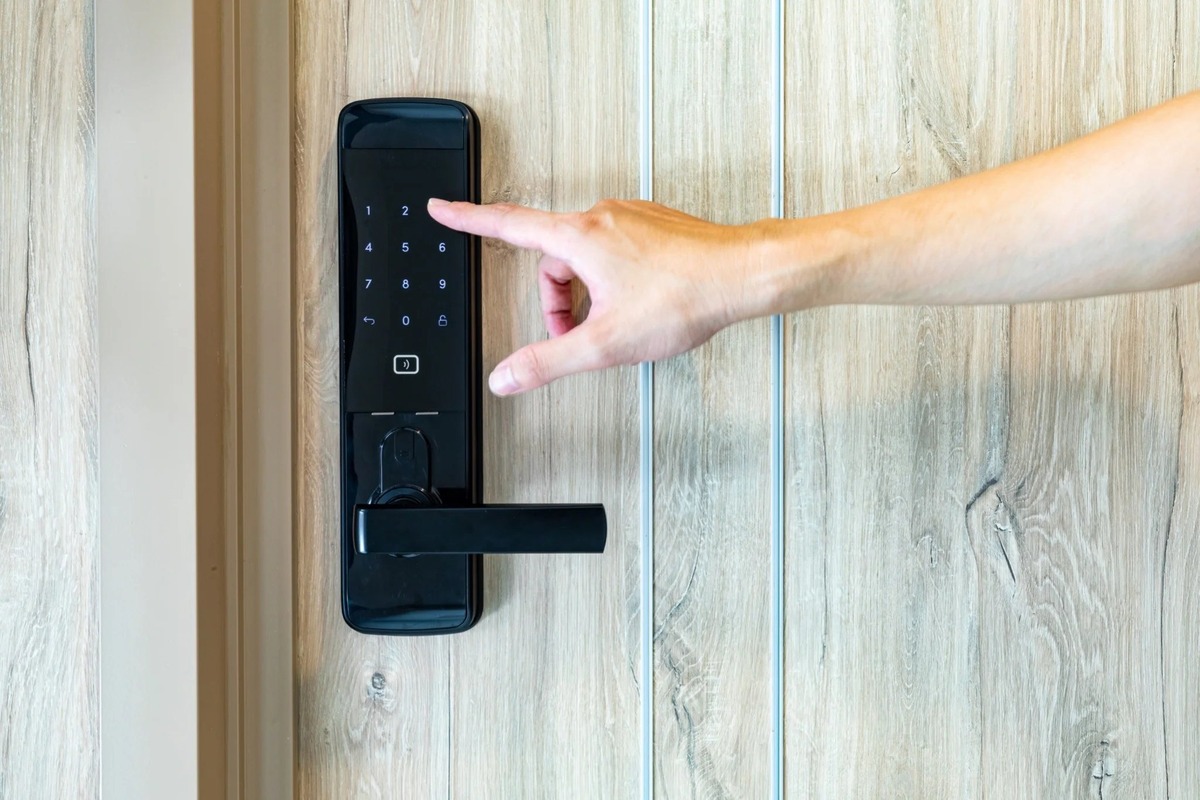

Security & Surveillance
How To Unlock An Electronic Door Lock
Modified: February 18, 2024
Learn how to unlock an electronic door lock for enhanced security and surveillance. Discover easy and effective methods to access electronic locks. Unlock your door with confidence.
(Many of the links in this article redirect to a specific reviewed product. Your purchase of these products through affiliate links helps to generate commission for Storables.com, at no extra cost. Learn more)
Introduction
Welcome to the digital age, where technological advancements have revolutionized the way we secure our homes and businesses. Electronic door locks, also known as digital door locks, have become increasingly popular due to their convenience, security features, and modern appeal. These innovative devices have replaced traditional key-and-lock systems, offering a seamless and sophisticated approach to access control.
In this comprehensive guide, we will delve into the world of electronic door locks, exploring their functionality, different types, and the process of unlocking them. Whether you are a homeowner looking to upgrade your security system or a business owner seeking advanced access control solutions, understanding electronic door locks is essential in making informed decisions.
Join us on this enlightening journey as we unravel the intricacies of electronic door locks, demystify their operation, and provide valuable insights into unlocking these cutting-edge security devices.
Key Takeaways:
- Embrace the modernity and convenience of electronic door locks, offering keyless entry, remote access, and robust security features for homes and businesses.
- Understand the different types of electronic door locks, from keypads to biometrics, to make informed decisions and fortify your property with advanced access control solutions.
Read more: How To Unlock A Door Lock
Understanding Electronic Door Locks
Electronic door locks are innovative security devices designed to provide controlled access to residential and commercial spaces. Unlike traditional key-and-lock systems, electronic door locks utilize advanced technology to offer keyless entry, remote access, and customizable security features. These sophisticated locks are equipped with electronic components such as keypads, biometric scanners, RFID (Radio Frequency Identification) readers, and Bluetooth connectivity, transforming the way we safeguard our properties.
One of the key benefits of electronic door locks is their versatility. They can be integrated into smart home systems, allowing users to manage access remotely via smartphone applications or web interfaces. This level of connectivity and convenience empowers homeowners and property managers to monitor and control entry points from anywhere, enhancing security and peace of mind.
Moreover, electronic door locks offer a range of access methods, including PIN codes, fingerprint recognition, key fobs, and proximity cards. This flexibility caters to diverse user preferences and security requirements, making electronic door locks a popular choice for modern security solutions.
Another important aspect of electronic door locks is their robust security features. Many models are equipped with advanced encryption algorithms, tamper detection mechanisms, and anti-picking technology, providing a high level of protection against unauthorized access and intrusion attempts. Additionally, the audit trail capabilities of electronic door locks enable users to track access history and monitor entry activities, contributing to comprehensive security management.
Understanding the fundamental principles and capabilities of electronic door locks is crucial for individuals and businesses seeking to fortify their security infrastructure. By embracing the technological advancements and user-centric design of electronic door locks, we can elevate the security standards of our living and working environments, creating safer and more accessible spaces for occupants and authorized personnel.
Types of Electronic Door Locks
Electronic door locks come in various forms, each offering unique features and functionalities to cater to diverse security needs and preferences. Understanding the different types of electronic door locks is essential for selecting the most suitable option for your specific requirements. Let’s explore some of the prominent types of electronic door locks available in the market:
- Keypad Door Locks: These locks feature a numeric keypad for entering PIN codes to gain access. They are user-friendly and eliminate the need for physical keys, providing a convenient and customizable entry method. Keypad door locks are ideal for residential and commercial applications, offering flexibility and ease of use.
- Biometric Door Locks: Utilizing advanced biometric technology, these locks authenticate users based on unique biological traits such as fingerprints, iris patterns, or facial recognition. Biometric door locks offer a high level of security and eliminate the risk of unauthorized access through stolen or replicated keys or codes.
- Bluetooth-Enabled Smart Locks: These innovative locks connect to smartphones or other Bluetooth-enabled devices, allowing users to unlock doors using mobile applications. Bluetooth-enabled smart locks offer seamless integration with smart home systems and provide remote access control capabilities.
- RFID Door Locks: RFID technology enables contactless access control using radio frequency identification. Users can gain entry by presenting RFID cards or key fobs to the lock, streamlining the access process and enhancing convenience.
- Wi-Fi-Connected Locks: Wi-Fi-enabled electronic door locks leverage wireless connectivity to enable remote access and real-time monitoring. They can be integrated with home automation systems and accessed through internet-connected devices, offering enhanced security and control.
Each type of electronic door lock has its own set of advantages and considerations, making it crucial to evaluate the specific requirements and operational preferences before making a selection. Whether prioritizing convenience, biometric security, remote access capabilities, or seamless integration with smart home ecosystems, there is a diverse range of electronic door locks to accommodate varying security needs.
By understanding the distinct characteristics and functionalities of different types of electronic door locks, individuals and organizations can make informed decisions when implementing advanced access control solutions to fortify their properties.
How Electronic Door Locks Work
Electronic door locks operate on innovative mechanisms that combine digital technology with robust security features to provide efficient and reliable access control. Understanding the fundamental principles of how electronic door locks work sheds light on their functionality and highlights the intricacies of their operation.
At the core of electronic door locks are electronic components such as keypads, biometric scanners, RFID readers, Bluetooth modules, and sophisticated control systems. These components work in harmony to authenticate users and grant access to secured areas. Let’s explore the key elements and operational processes that define the functionality of electronic door locks:
- Authentication Methods: Electronic door locks employ various authentication methods, including PIN codes, biometric data, RFID signals, and Bluetooth connectivity. Users interact with the lock through these authentication mechanisms to verify their identity and request access.
- Control Unit: The control unit of an electronic door lock processes authentication data, manages access permissions, and controls the locking and unlocking mechanisms. It serves as the central intelligence that governs the lock’s operation and security protocols.
- Communication Protocols: Many electronic door locks utilize communication protocols such as Bluetooth, Wi-Fi, or RFID to establish connections with authorized devices or access control systems. These protocols enable seamless data exchange and remote access capabilities.
- Locking Mechanisms: Electronic door locks are equipped with motorized or solenoid-driven locking mechanisms that engage and disengage based on authorized access requests. These mechanisms ensure secure locking while facilitating swift and controlled entry when authenticated.
Furthermore, electronic door locks often feature advanced encryption algorithms and tamper detection systems to safeguard against unauthorized manipulation or bypass attempts. The integration of these security measures enhances the resilience of electronic door locks against potential threats and intrusions.
Understanding the operational dynamics of electronic door locks empowers users to appreciate the sophistication and reliability of these advanced security devices. By leveraging cutting-edge technology and stringent security protocols, electronic door locks redefine access control and elevate the standards of modern security solutions.
Make sure the electronic door lock has power and the batteries are not dead. Try using the keypad or key fob to unlock the door. If that doesn’t work, check the user manual for troubleshooting tips or contact the manufacturer for assistance.
Steps to Unlock an Electronic Door Lock
Unlocking an electronic door lock involves a straightforward process that varies based on the type of lock and its specific features. Whether you are using a keypad lock, biometric lock, Bluetooth-enabled lock, or RFID lock, the following general steps outline the typical procedure for unlocking an electronic door lock:
- Authentication: Depending on the type of electronic door lock, users are required to authenticate themselves using the designated method. This may involve entering a PIN code on a keypad, presenting a biometric identifier, activating a Bluetooth connection, or presenting an RFID card or key fob.
- Verification: The lock’s control unit processes the authentication data and verifies the user’s credentials against the authorized access list. If the provided credentials match the stored data, the verification process proceeds to the next step.
- Authorization: Upon successful verification, the control unit grants authorization for the locking mechanism to disengage, allowing the door to be unlocked. This authorization is based on the predefined access permissions and security settings configured for the electronic door lock.
- Entry: With the locking mechanism disengaged, users can proceed to open the door and gain access to the secured area. Whether utilizing a handle, knob, or lever, the act of physically opening the door completes the unlocking process.
It is important to note that specific electronic door locks may have additional steps or unique operational nuances based on their design and functionality. For instance, some smart locks may offer remote unlocking capabilities through smartphone applications, enabling users to unlock doors from a distance using their mobile devices.
Furthermore, troubleshooting features and backup unlocking methods, such as mechanical key overrides or alternative access modes, may be available in certain electronic door locks to address potential issues or ensure access in emergency situations.
By following the prescribed steps for unlocking an electronic door lock and familiarizing oneself with the lock’s specific features and operational guidelines, users can effectively and securely navigate the access control process, leveraging the convenience and advanced security offered by electronic door locks.
Read more: How To Unlock Eufy Door Lock
Troubleshooting Electronic Door Locks
While electronic door locks offer enhanced security and convenience, occasional operational issues may arise, necessitating troubleshooting to ensure optimal functionality. Understanding common troubleshooting steps and preemptive measures can help address potential challenges and maintain the reliability of electronic door locks. Here are key considerations for troubleshooting electronic door locks:
- Power Supply: Ensure that the electronic door lock has a stable power source. Battery-powered locks require regular battery checks and replacements to prevent power depletion, while wired locks should be connected to a reliable electrical supply. Addressing power-related issues is fundamental to resolving operational disruptions.
- Authentication Failures: If users encounter difficulties with authentication methods such as PIN codes, biometric scans, or RFID recognition, it is important to verify the input accuracy and consider re-registering biometric data or reprogramming access codes if necessary.
- Communication Connectivity: For smart locks utilizing Bluetooth or Wi-Fi connectivity, ensuring robust communication links with authorized devices and network infrastructure is essential. Troubleshooting connectivity issues may involve resetting connections, updating firmware, or optimizing signal strength for seamless operation.
- Mechanical Obstructions: In cases where the locking mechanism encounters physical obstructions or malfunctions, inspecting the door’s alignment, hinges, and lock components can help identify and rectify mechanical impediments that impede smooth locking and unlocking processes.
- Software Updates and Maintenance: Regularly updating lock firmware and associated software applications can address potential software-related glitches and security vulnerabilities. Following manufacturer recommendations for maintenance and updates is crucial for ensuring optimal performance.
Additionally, familiarizing oneself with the lock’s user manual, troubleshooting guides, and customer support resources can provide valuable insights and specific instructions for addressing common issues and optimizing electronic door lock functionality.
It is important to exercise caution and adhere to recommended procedures when troubleshooting electronic door locks to avoid unintended consequences or compromising security. Seeking professional assistance from certified locksmiths or authorized service providers may be necessary for complex issues or technical interventions beyond user capabilities.
By proactively addressing potential challenges and staying informed about effective troubleshooting practices, users can maximize the reliability and longevity of electronic door locks, ensuring seamless access control and robust security for their premises.
Conclusion
As we conclude our exploration of electronic door locks, it is evident that these advanced security devices have redefined access control, offering a blend of cutting-edge technology, convenience, and robust security features. Embracing electronic door locks empowers individuals and organizations to fortify their properties with sophisticated access control solutions tailored to modern security needs.
From keypad and biometric locks to Bluetooth-enabled and RFID-based systems, the diverse range of electronic door locks caters to varied preferences and operational requirements. Whether seeking keyless entry, remote access capabilities, or seamless integration with smart home ecosystems, electronic door locks present versatile options for enhancing security and convenience.
Understanding the operational dynamics and troubleshooting considerations associated with electronic door locks is essential for harnessing their full potential. By familiarizing oneself with the authentication methods, control mechanisms, and maintenance practices, users can navigate the complexities of electronic door locks with confidence and proficiency.
Furthermore, the evolving landscape of digital security underscores the significance of staying informed about advancements in electronic door lock technology and embracing best practices for deployment and maintenance. As electronic door locks continue to evolve, embracing innovation and leveraging their capabilities will be instrumental in elevating the standards of access control and security management.
In a world where security and convenience are paramount, electronic door locks stand as beacons of modernity and reliability, offering seamless access control and peace of mind. By integrating these advanced security solutions into our living and working environments, we pave the way for a safer, smarter, and more secure future.
As we bid adieu to this enlightening journey through the realm of electronic door locks, may the knowledge and insights gained empower you to make informed decisions and embrace the transformative potential of electronic access control.
Frequently Asked Questions about How To Unlock An Electronic Door Lock
Was this page helpful?
At Storables.com, we guarantee accurate and reliable information. Our content, validated by Expert Board Contributors, is crafted following stringent Editorial Policies. We're committed to providing you with well-researched, expert-backed insights for all your informational needs.
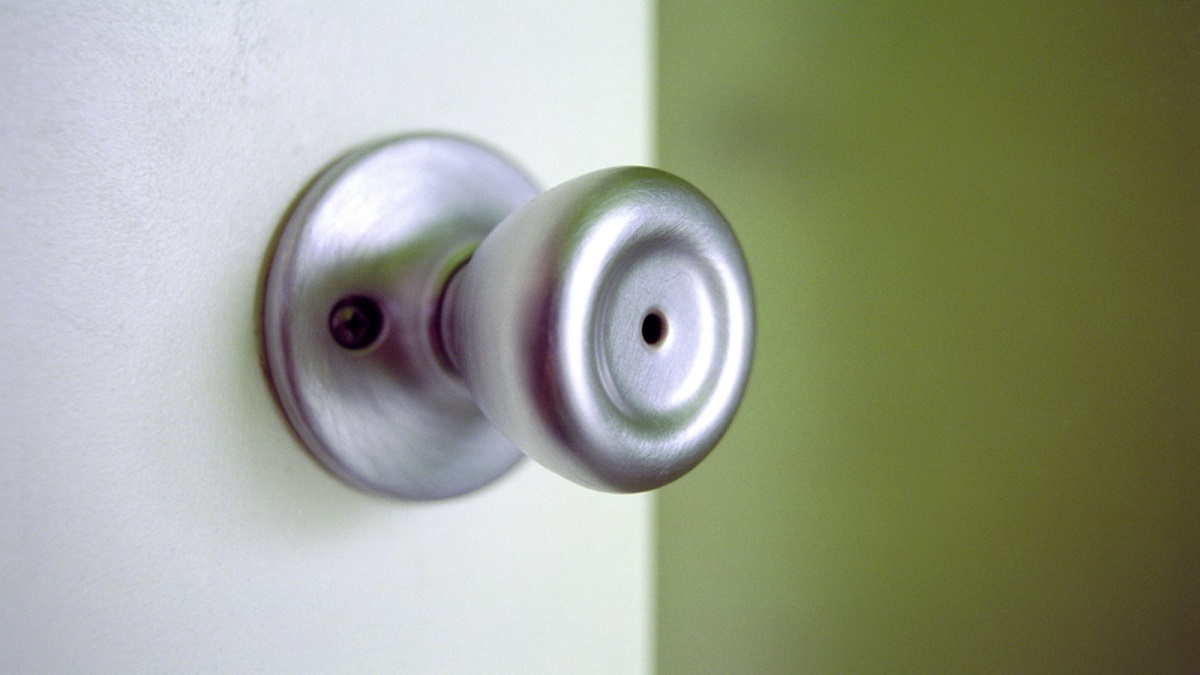
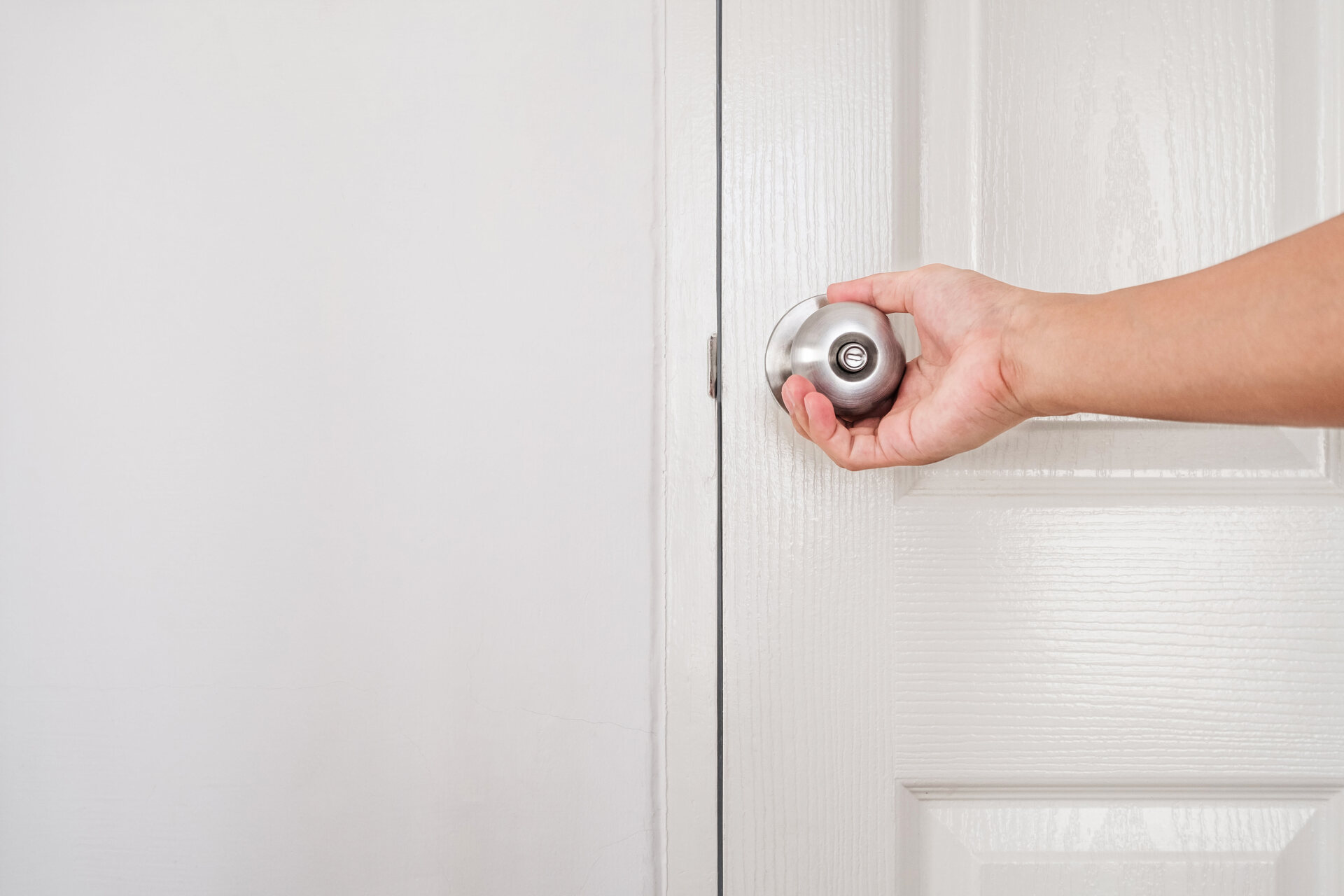
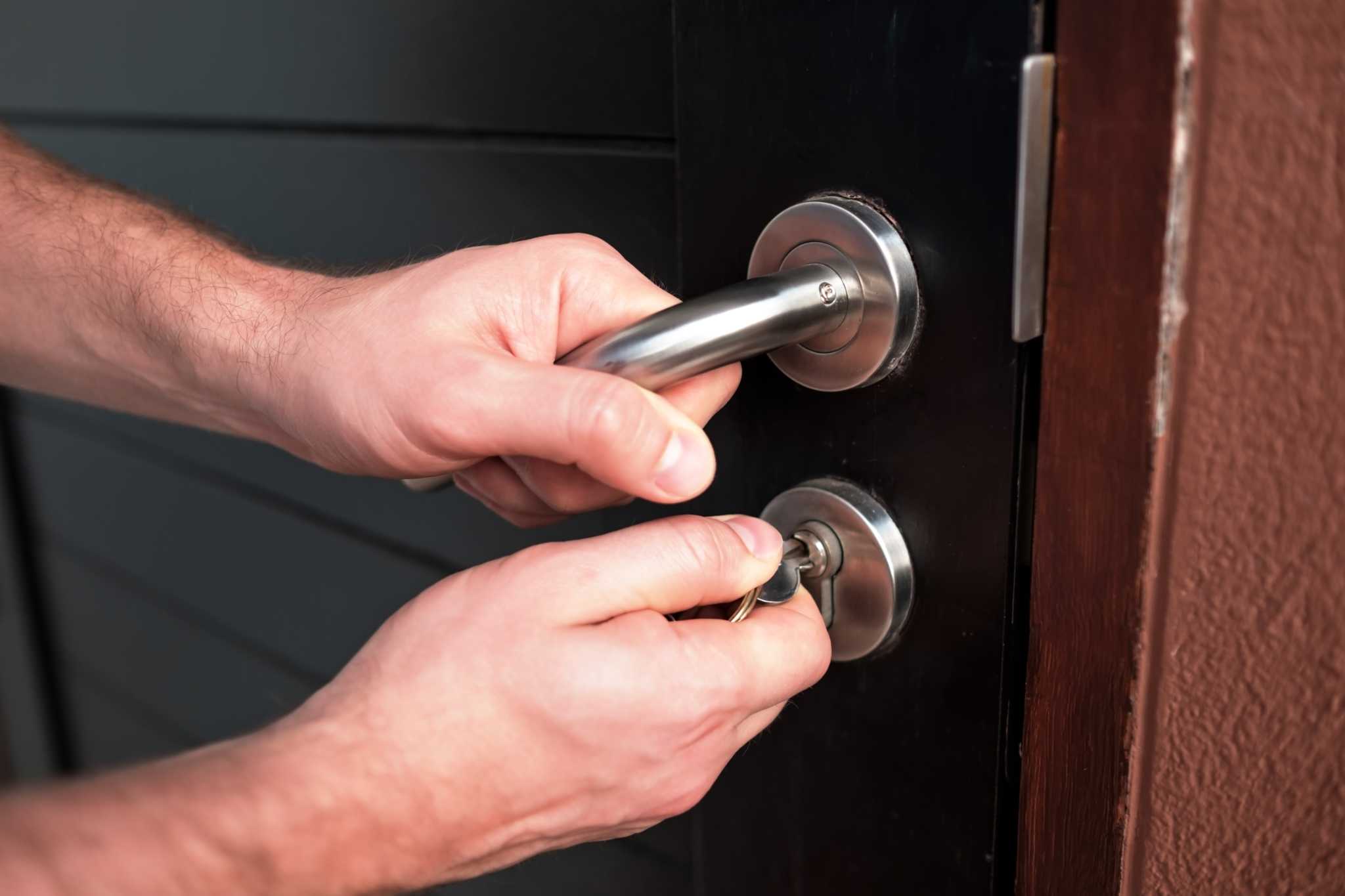
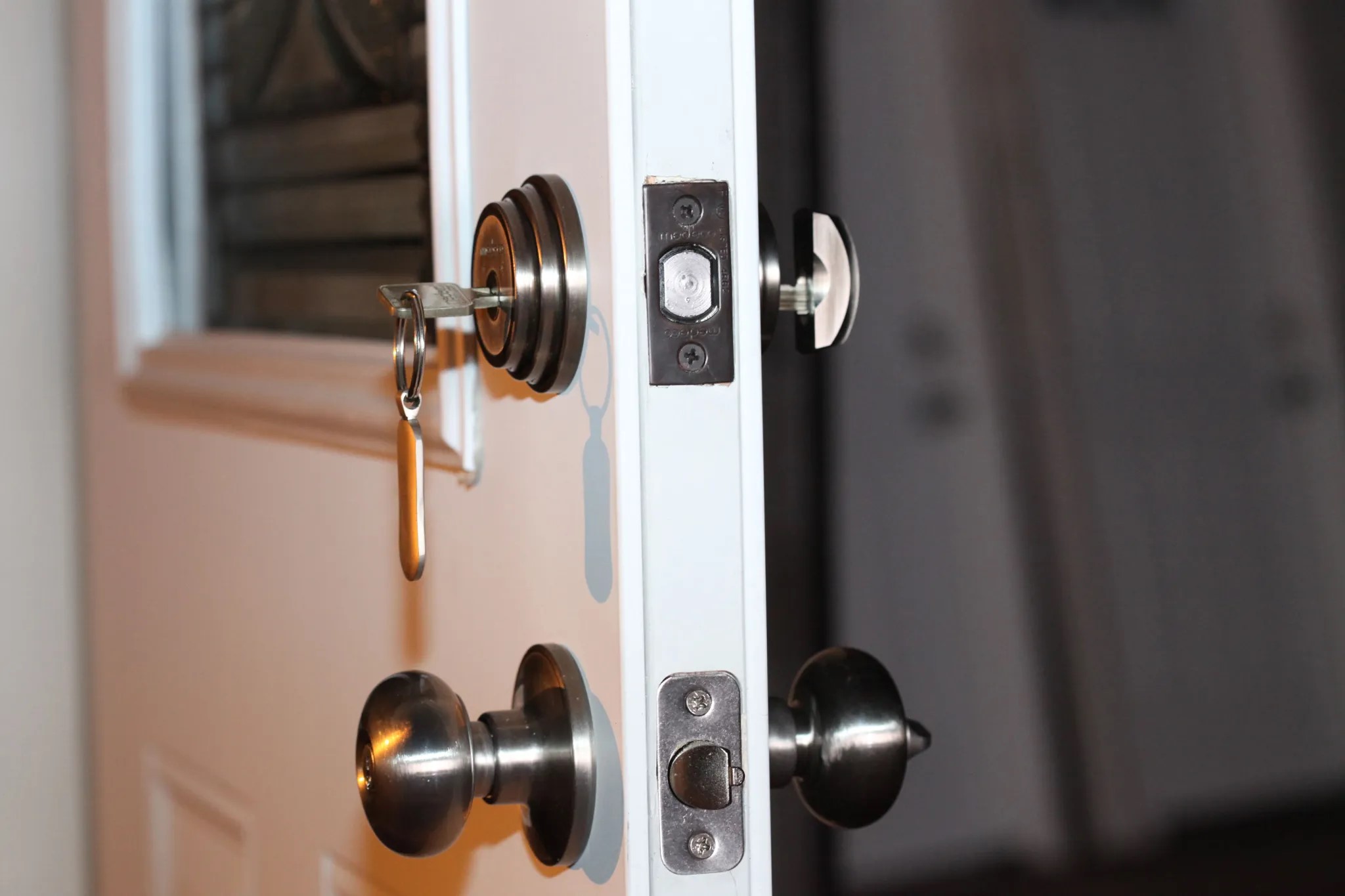
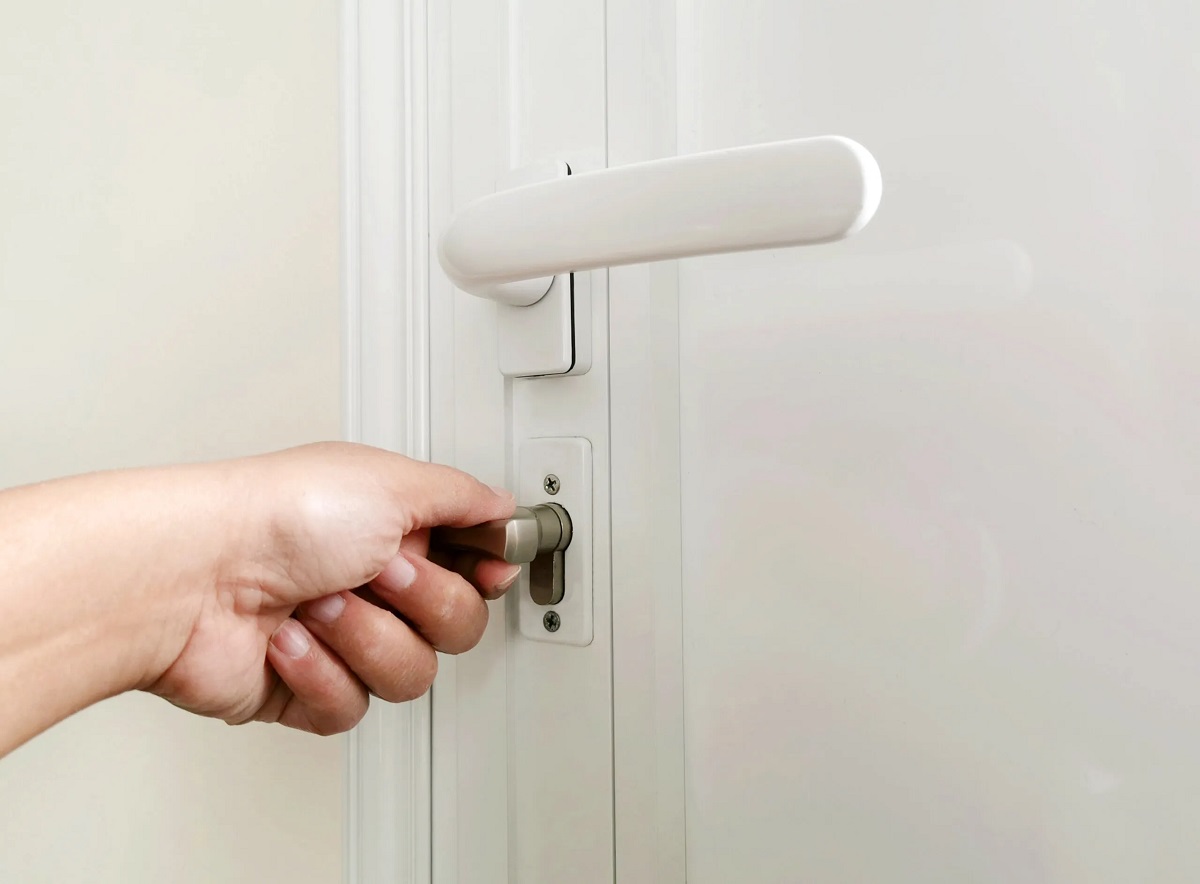
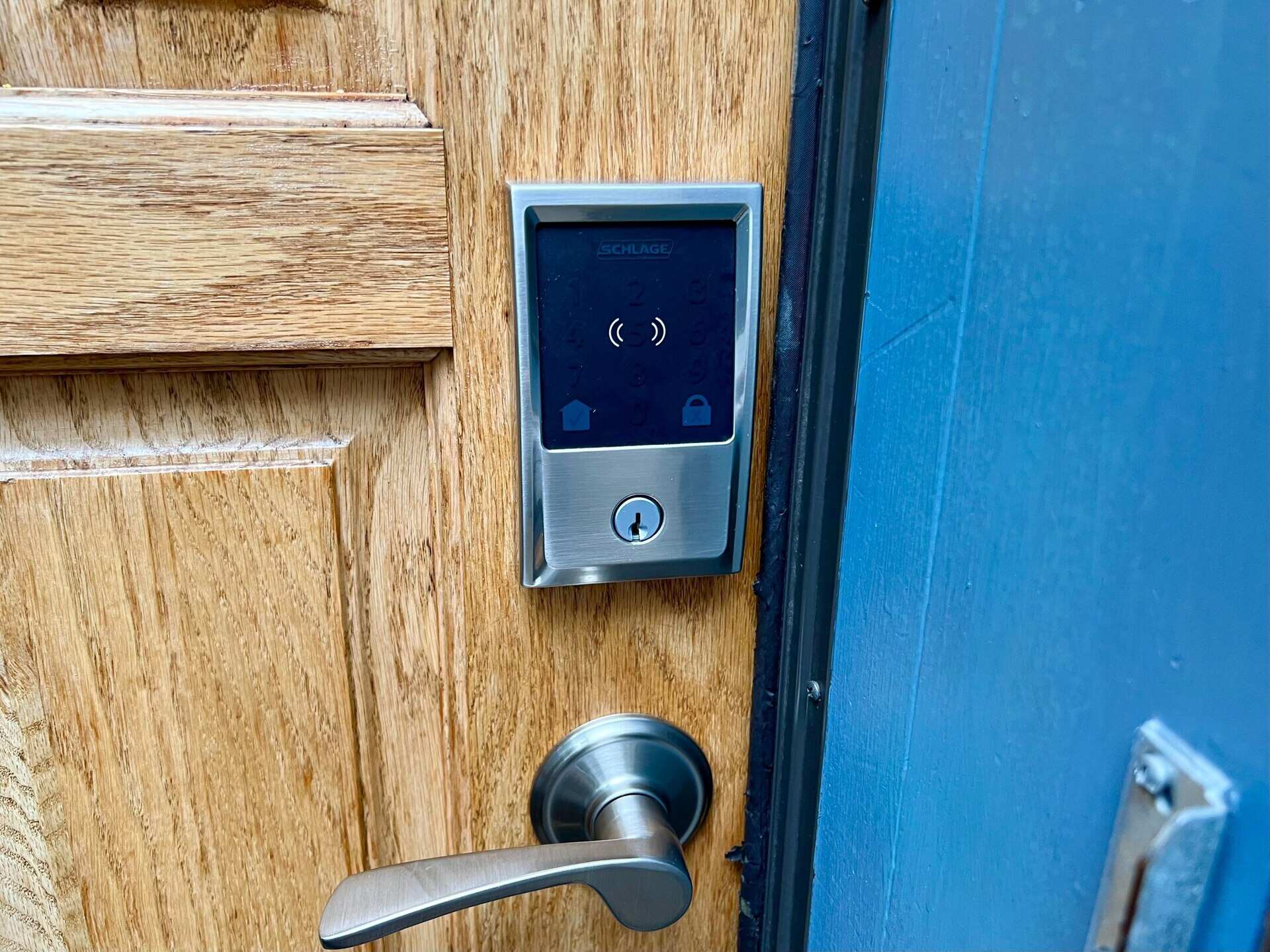
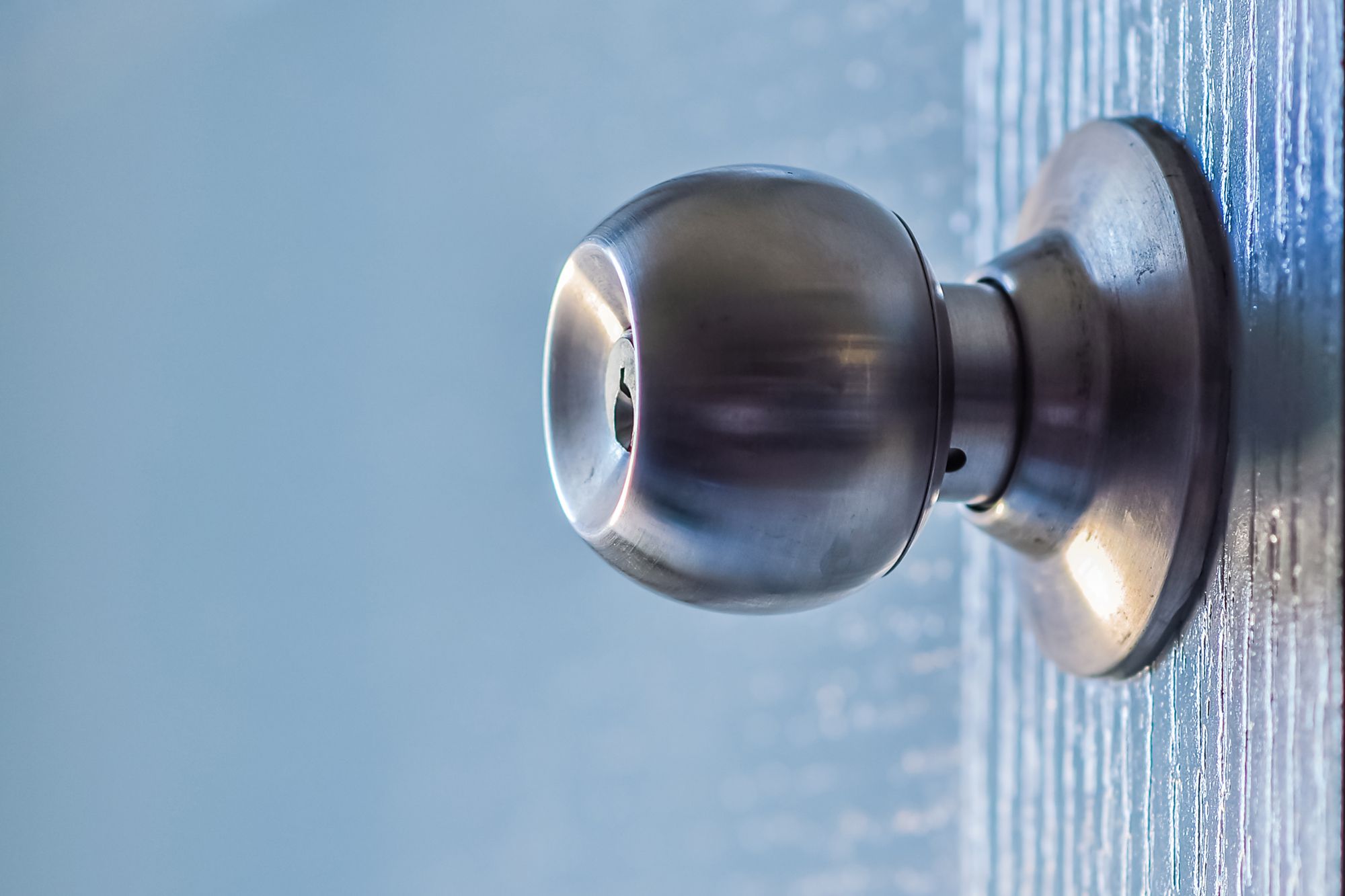
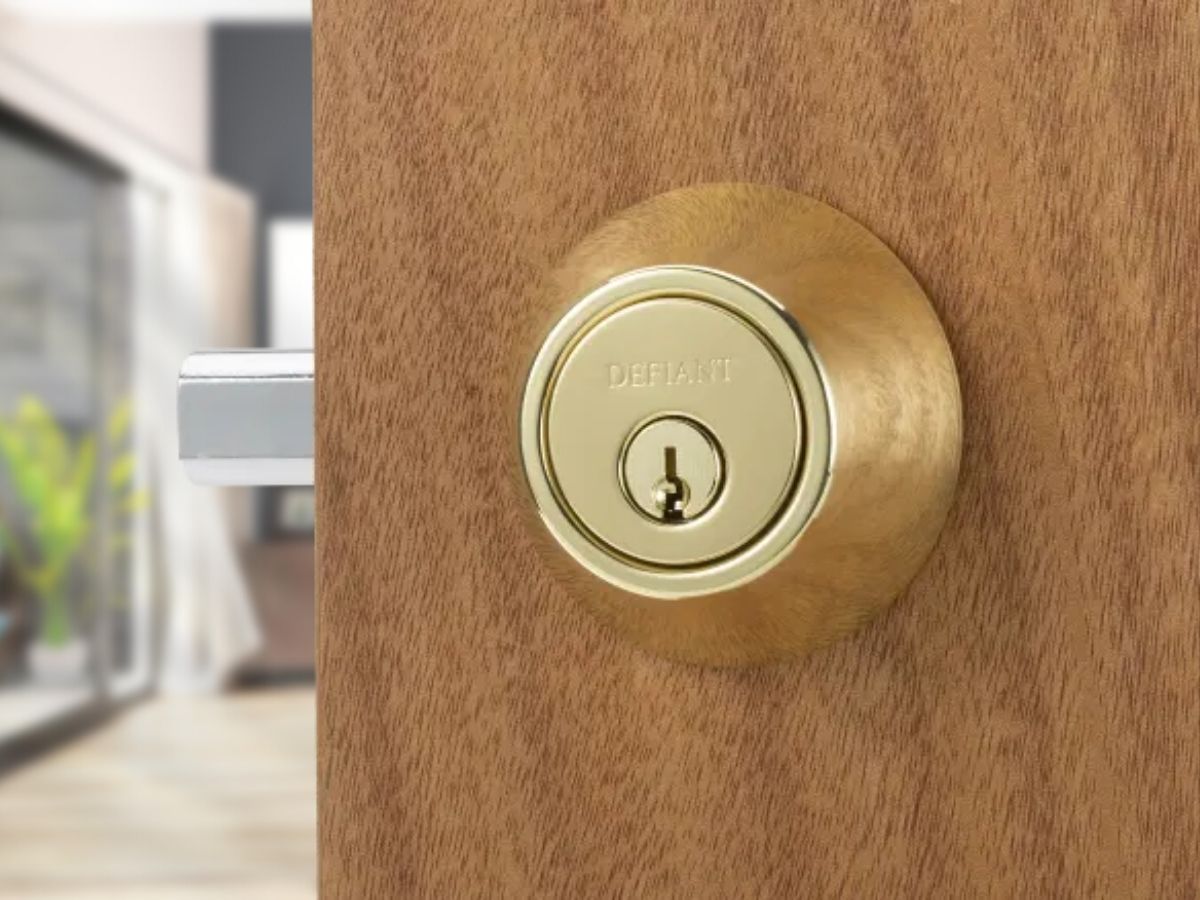
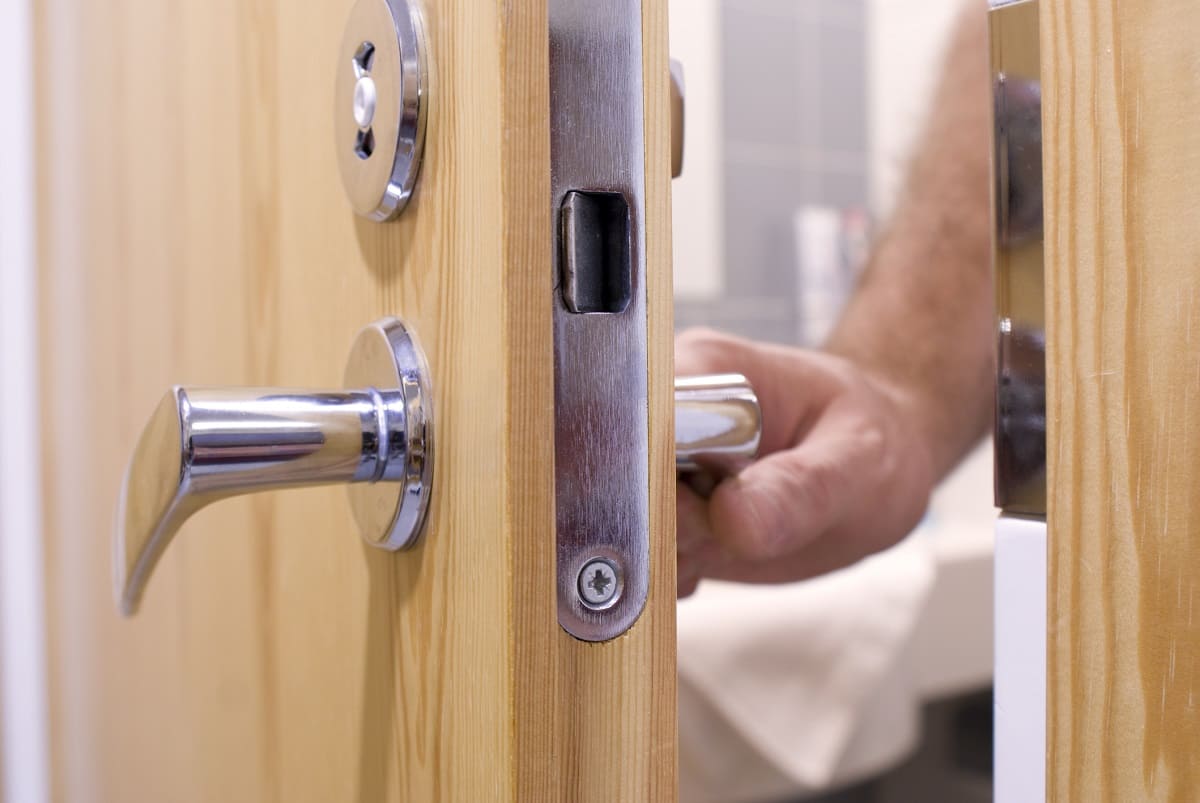

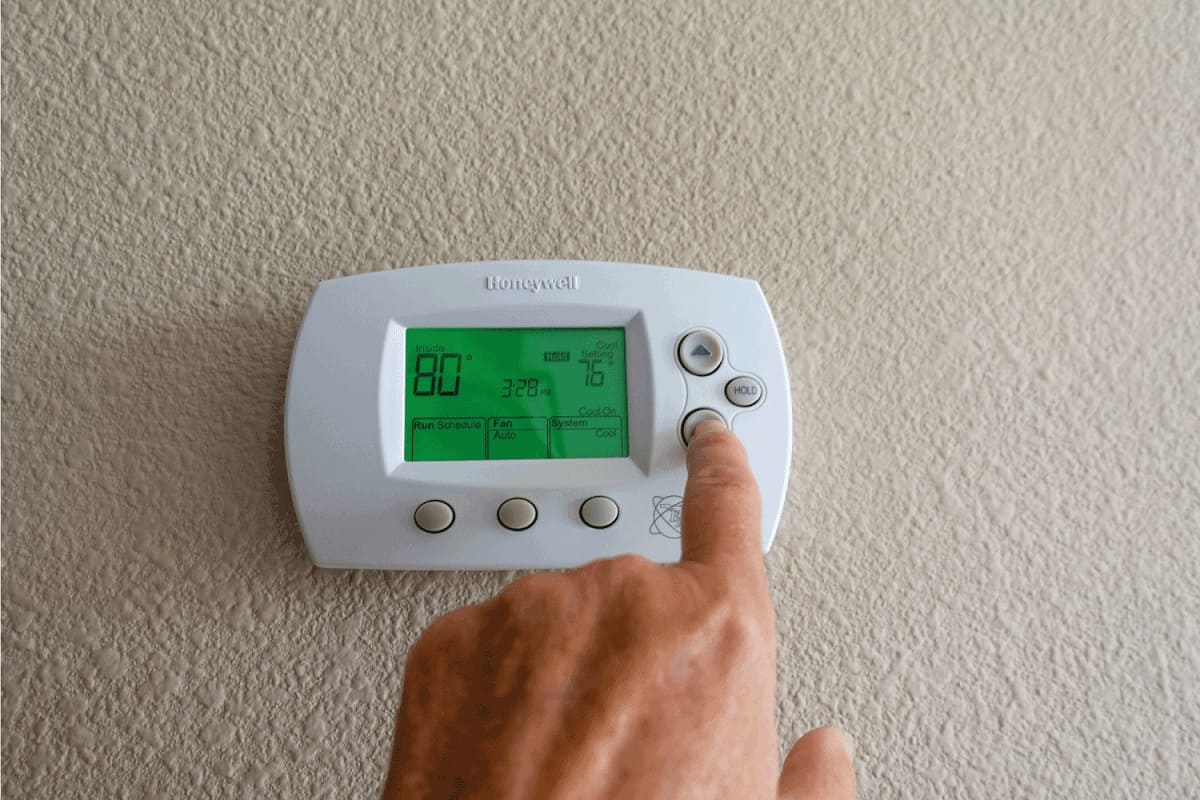
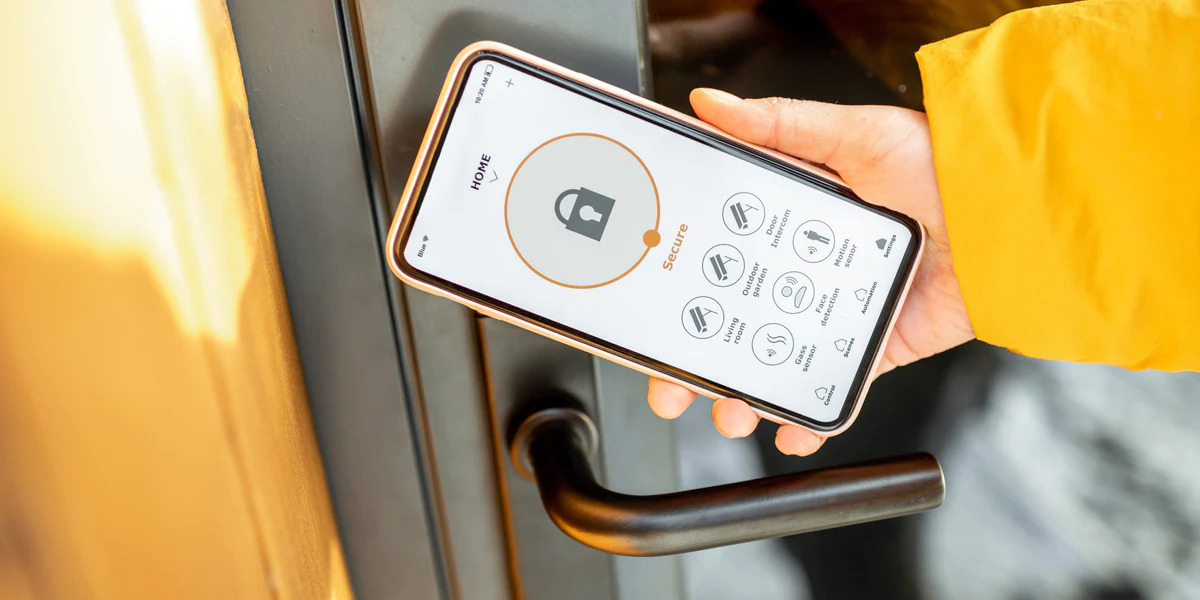
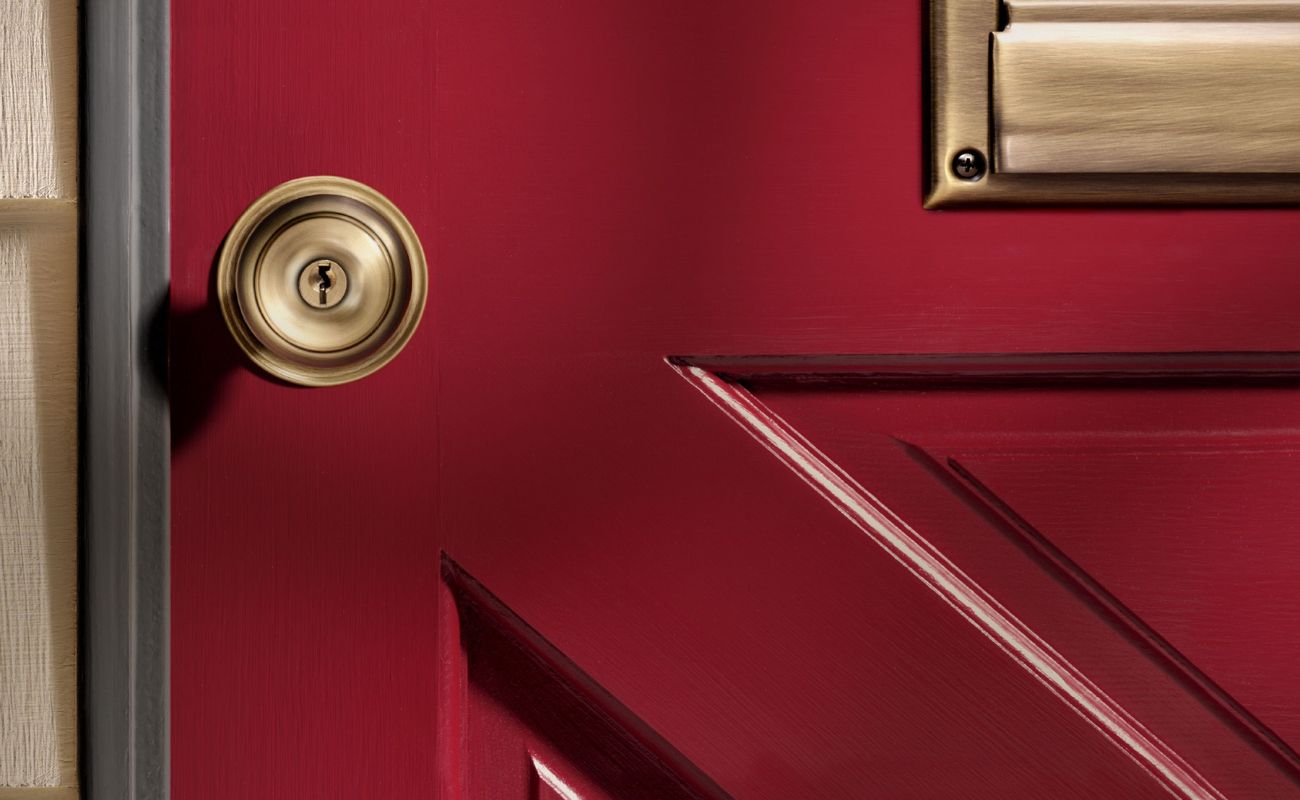


0 thoughts on “How To Unlock An Electronic Door Lock”